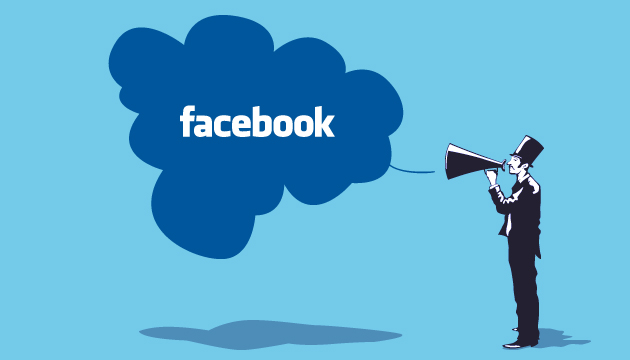All You Need To Know About the F-Commerce Opportunity


Will you do us the honor and join our team of authors?
To write for the SohoBlog, contact us at [email protected]
(Shakespearean prose not required.)

Facebook went public in May 2012, but even before that the company—and more specifically its COO, Sheryl Sandberg—has been trying to convince consumers, businesses, and investors that the company has more to offer than just social networking. One of the main promises Facebook is offering to businesses is social ads, which are only now gaining momentum. The second promise, on which I will focus in this post, is e-commerce, or rather, f-commerce.
Analysts and Facebook executives have high hopes for f-commerce, but the future is not clear. Recently, large retailers such as Gap, Nordstrom and JC Penney closed their Facebook stores and shifted resources to further develop their own e-commerce platforms. However, analysts from research firm IDC predict that in three to five years, 10 to 15 percent of all consumer spending will be done on social networks such as Facebook.
The actions taken by large retailers, along with analysts’ forecasts and Sandberg statements at numerous events, all point in one direction: towards small businesses. In fact, it has been proven that small businesses are the real f-commerce innovators. A survey among 1,600 businesses, most of them SMEs, reveals that 15 percent of their revenue in 2011 came from selling on Facebook. Moreover, that percentage grew to 17.7 in the first quarter of 2012.
In order to explain the essence of Facebook’s e-commerce platform, I will focus on its complete ecosystem.
F-Stores: Consumers can purchase goods with their local currency without leaving Facebook.
Deals on Facebook: Facebook is cooperating with local businesses to offer consumers special packages and deals that can be purchased through Facebook using Facebook Credits.
Facebook in-store retail: Brick-and-mortar retailers can integrate Facebook into the in-store experience with Facebook-connected mirrors, real life “Like” buttons, QR codes connecting to the business’s Facebook fan page or store, etc.
Facebook check-in deals: Automatic updates about deals available at a certain store after checking in to it on Facebook.
Facebook Credits: The local currency of Facebook used by consumers to purchase virtual goods, digital products, and Facebook deals.
Facebook Open Graph: Facebook’s open platform allows businesses to integrate their Facebook store and page with their website by adding “Like,” “Share,” “Recommend,” and Facebook Connect (the login through Facebook option) plugins.
Facebook Marketing: Facebook can be used to promote sales on a Facebook store, other e-commerce platforms, or in the physical store. The tools include apps, native advertising (ads in the news feed page), and sponsored ads. Also, businesses can launch social campaigns to promote foot and click traffic.
Only time will tell what the future of f-commerce will be. A lot of the equation relies on how much Facebook will be willing to spend on developing f-commerce. As I see it, Facebook identifies small businesses as the means to a successful end. I believe f-commerce is the future of publicly owned Facebook, which clearly needs to change something to stay relevant and profitable.
|
|
|